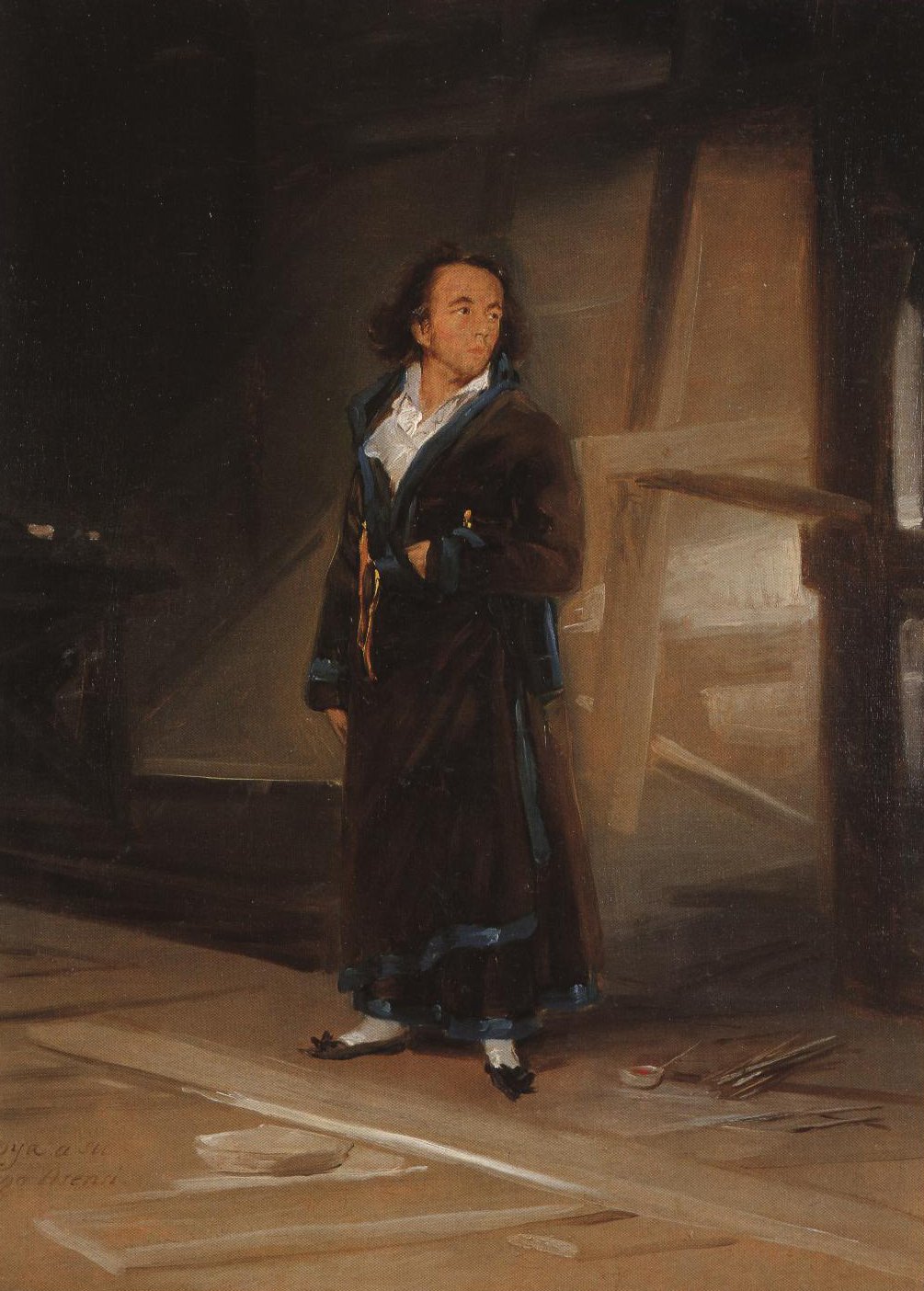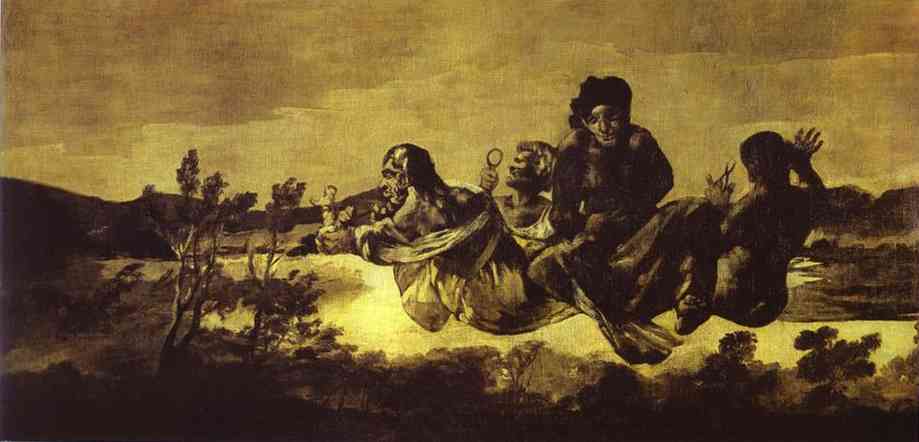Francisco José de Goya y Lucientes (1746 – 1828) commonly known as Francisco de Goya, was a revolutionary Spanish painter and printmaker who left an indelible mark on the art world during the late 18th and early 19th centuries. Born on March 30, 1746, in the village of Fuendetodos, Spain, Goya’s artistic journey would ultimately lead him to become one of the most influential figures in the transition from the Baroque to the Romantic era.
Goya began his artistic career as an apprentice to painter José Luzán at the age of 14. He honed his skills in the traditional academic style but soon developed his unique voice, characterized by a penchant for dark, dramatic themes and innovative techniques. In his early years, he created tapestry designs for the Royal Tapestry Factory, which provided him with a steady income and royal connections.
His big break came when he was appointed as the court painter for Charles IV of Spain in 1786. This position allowed him to create some of his most famous portraits, capturing the nobility and royalty of the time with a penetrating and often critical eye. His famous portrait, “The Family of Charles IV,” is a stark example of his ability to reveal the humanity and flaws of his subjects.
However, it was in his later years, during and after the Peninsular War, that Goya’s art took a dramatic turn. The horrors he witnessed during the war, including the French invasion of Spain and the subsequent atrocities, deeply affected him and found their expression in his series of etchings known as “The Disasters of War.” These haunting images depicted the brutality and suffering of war and served as a powerful critique of the human condition.
In his final years, Goya moved to Bordeaux, France, in self-imposed exile, where he continued to paint and explore new artistic avenues. His late works, known as the “Black Paintings,” are a testament to his inner turmoil and dark outlook on life.
Francisco de Goya passed away on April 16, 1828, but his legacy endures as a pivotal figure in the history of art. His innovative techniques, willingness to challenge the status quo, and ability to capture the raw essence of the human experience have left an indelible mark on generations of artists who followed in his footsteps. Goya’s influence can be seen in the works of later artists such as Edouard Manet, Pablo Picasso, and Francis Bacon, making him an enduring icon in the annals of art history.
Detroit Institute of Art
Goya, Francisco De
Goya, Francisco De
Goya, Francisco De
Goya, Francisco De
Goya, Francisco De
Goya, Francisco De
Goya, Francisco De
A Scene From El Hechizado Por Fuerza (The Forcily Bewitched) 1798
Goya, Francisco De
Goya, Francisco De
Goya, Francisco De
Goya, Francisco De
Goya, Francisco De
Goya, Francisco De
Goya, Francisco De
Goya, Francisco De
Goya, Francisco De
Goya, Francisco De
Goya, Francisco De
Goya, Francisco De
Goya, Francisco De
Goya, Francisco De
Goya, Francisco De
Goya, Francisco De
Goya, Francisco De
Goya, Francisco De
Goya, Francisco De
Goya, Francisco De
































